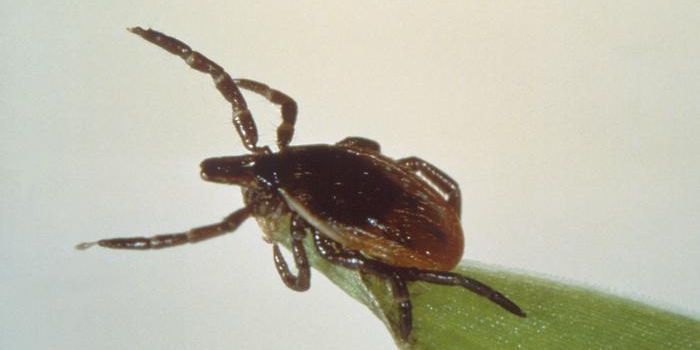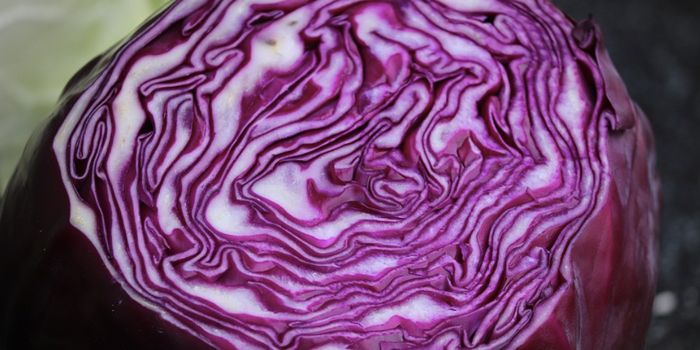Investigating the Methods of a Bacteria Hunter
For many years, scientists have known about Bdellovibrio bacteriovorus (BV), a special bacterium that can kill other microbes, but very little has been known about how BV works. Scientists have been especially interested in it because it has the potential to be used as a live antibiotic. Now, researchers have learned more about the mechanisms underlying this killer microbe, which appear to sense fluid flow in its local environment to locate its bacterial prey. Check out the video below to see an animation of this microbe.
"Despite having been discovered over 50 years ago, very little is known about how the bacterial predator BV locates its bacterial prey," said Steve Pressé of Arizona State University. "Understanding how BV finds its prey is a first step in engineering this bacterium to serve as a living antibiotic--that is, have it hunt prey inside a living organism."
It’s known that BV can attack bacteria like a virus would, infiltrating the microbial cell, hijacking the cellular machinery to grow, replicate and eventually explode the cell, releasing viral particles that are then able to infect more cells. BV can kill pathogens safely and effectively in animal models, leading some to suggest utilizing it for decontamination, such as in water purification, biofilm destruction, or even a living drug that would kill pathogens in livestock or in people. A critical first step in development such tools is needed however – understanding how BV locates its target (or figuring if it’s simply random encounters that produce the effect).
Reporting in Biophysical Journal, study co-author Pressé and co-senior study author Gregory Anderson of Indiana University-Purdue University Indianapolis used high-resolution microscopy to study the movements of BV. BV generated a lot of fluid movement by swimming rapidly in solution, which led the investigators to analyze the hydrodynamic forces created by the movement. When swimming adjacent to flat surfaces, the movement generated whirlpools that kept the bacteria trapped near the surface. It seems the same thing happens to other microbes like Escherichia coli as well. As such, the microbes tend to end up near the same places, and that close proximity allows BV to have a great likelihood of meeting its prey.
"Prior to our study, the scientific community concluded that BV most probably bumps into its prey at random. But I found it very hard to believe that after more than one billion years of evolution, the best nature could come up with was a totally random search by the predator for the prey," explained Pressé. "Ironically, our findings show that the search by BV for prey is random. It's just not random in three dimensions!"
The scientists would now like to exploit these features; if they can be engineered to be even more subject to the control of fluid forces, they could be made into more efficient hunters. In the end, our findings can lead to the use of bacterial predators as tools for reducing or eliminating harmful bacteria," Anderson said. "This could have environmental, agricultural, industrial, and health impacts. In particular, they could lead to the development of better therapies for overcoming the increasingly difficult issue of antibiotic resistance."
In the video below, from the Biophysical Journal publication by Jashnsaz et al., you can see the circular and curved trajectories of predatory bacteria Bdellovibrio bacteriovorus.
Sources: AAAS/Eurekalert! via Cell Press, Biophysical Journal

-
MAY 07, 2024Is It Anti-RNP or Anti-Sm/RNP?
- See More
-
APR 30, 2024Immuno-Oncology Virtual Event Series 2024
-
MAY 07, 20243rd International Biosecurity Virtual Symposium
-
MAY 23, 2024For the Love of Digital PCR 2024
- See More

















































